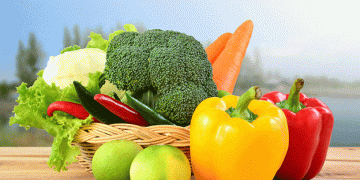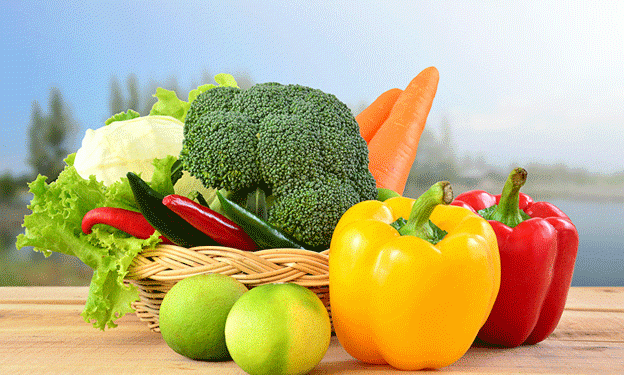The Penza region has emerged as a shining example of agricultural stability and self-sufficiency in Russia. Over the past five years, the region has consistently produced enough vegetables and potatoes to meet the demands of its population, maintaining both economic sustainability and food security.
Production Numbers: Meeting and Exceeding Demand
The Penza region annually produces an average of:
- 118,800 tons of vegetables, including cabbage, beets, carrots, and onions.
- 329,400 tons of potatoes, far exceeding local demand.
According to PenzaStat, the region’s residents require approximately:
- 75,000 tons of vegetables annually, a need that is fully covered by local production.
- 150,000 to 180,000 tons of potatoes, also well within the region’s production capacity.
These numbers highlight a clear surplus, ensuring that Penza’s population has access to fresh produce year-round, with reserves lasting until the next planting season in May.
2024 Harvest Performance
This year, agricultural enterprises in the region have already harvested:
- 55,100 tons of vegetables, with significant contributions from staple crops like onions, which were planted on 31.1 hectares, maintaining last year’s levels.
This stability in planting and harvesting reflects the consistent attention and investment in vegetable production by local farmers.
Key Factors Behind Penza’s Success
- Strategic Land Use: The allocation of farmland for high-demand crops ensures an optimal balance between supply and demand.
- Supportive Policies: Government programs promote agricultural sustainability through subsidies and resource management.
- Climate Adaptation: Modern farming techniques help mitigate the risks associated with unpredictable weather patterns.
Beyond Local Needs
The Penza region’s surplus not only secures food for its residents but positions the area as a potential supplier to neighboring regions. This capability enhances Penza’s role in supporting Russia’s broader agricultural economy.
The Penza region’s agricultural sector exemplifies self-sufficiency and strategic planning. By consistently meeting and exceeding the demand for vegetables and potatoes, the region ensures food security and economic stability for its residents. The continued focus on sustainable practices and crop diversification will further solidify its position as a leader in Russian agriculture.

































